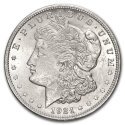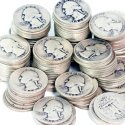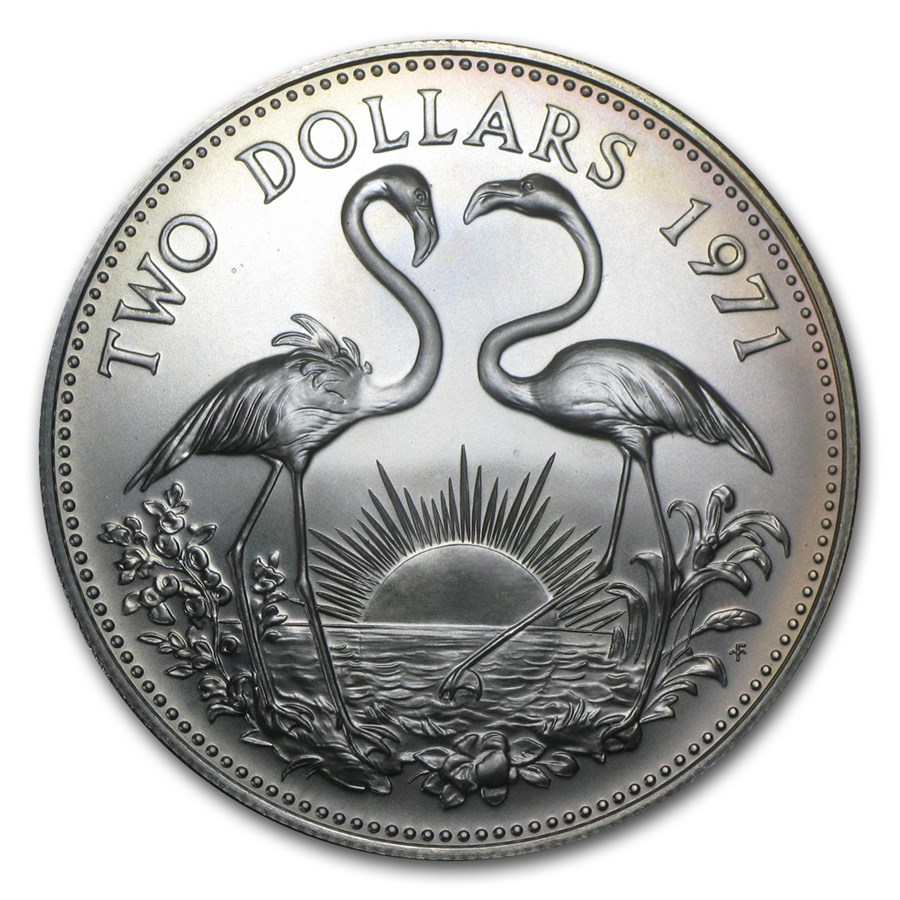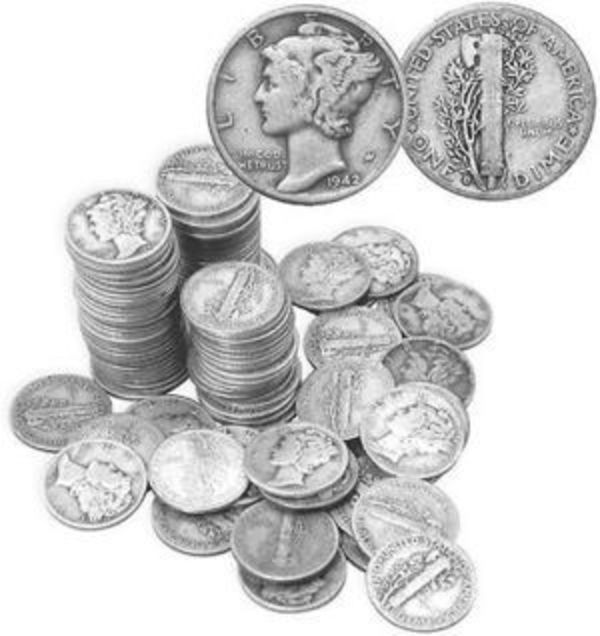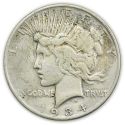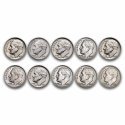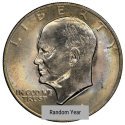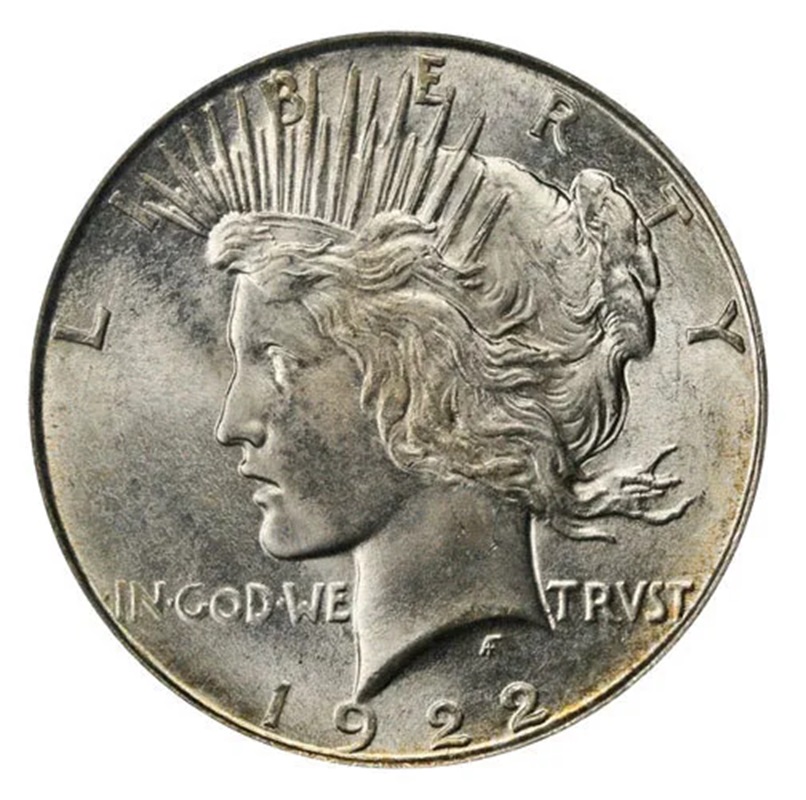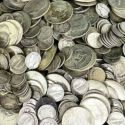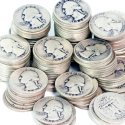1916-1930 Standing Liberty Quarter Melt Value
Determining the current price of silver coins is a straightforward process once you know the silver content of the coin and the current market price, often referred to as the silver spot price.
US Mint Silver Coin Melt Values
| Description | Face Value | ASW | Melt Value | Per $1 Face | Per Bankroll | |
|---|---|---|---|---|---|---|
| Standing Liberty Quarter | 1916-1930 Standing Liberty Quarter | $0.25 | 0.17875 | $12.30 | $49.21 | $492.13 |
1916-1930 Standing Liberty Quarter
The Standing Liberty Quarter was minted from 1916 to 1930. This coin is notable for its design featuring Lady Liberty standing with a shield and an olive branch, symbolizing both protection and peace. It was issued to replace the Barber Quarter and is a favorite among collectors due to its artistic significance and variations over the years.
The Standing Liberty Quarter series is a treasure trove for collectors, offering both common and rare dates, with some of the rarest coins fetching high prices at auction. Whether you are a novice or seasoned collector, these coins provide a rich historical and artistic value.
Rare and Valuable Standing Liberty Quarters
Some Standing Liberty Quarters are highly sought after by collectors, with certain dates and variations standing out.
- 1916 Standing Liberty Quarter : This is one of the most valuable coins in the series, with a low mintage of only 52,000. It is highly prized in all conditions.
- 1918/7-S Overdate : This quarter is famous for its overdate error, where the "7" was punched over the "8" in the date, making it a key rarity in the series.
- 1921 Quarter : Due to its low mintage of just over 1 million coins, the 1921 Standing Liberty Quarter is highly collectible, especially in higher grades.
- 1927-S Quarter : Known for being hard to find in high grade due to poor strikes, this coin is valuable in better conditions.
- Full Head Quarters : Quarters with a fully detailed head of Liberty (known as "Full Head") are more valuable, especially in dates like 1917 and 1927.
Specifications of the Standing Liberty Quarter
- Composition : 90% Silver, 10% Copper
- Weight : 6.25 grams
- Diameter : 24.3 mm
- Edge : Reeded
- Mint Marks : Found on the bottom left, below the date (Philadelphia has no mint mark, "D" for Denver, "S" for San Francisco)
Values of Common Date Standing Liberty Quarters
For common dates (non-key dates and varieties), prices vary widely based on condition. Here’s a general estimate for typical common-date Standing Liberty Quarters:
| Condition | Example | Value |
|---|---|---|
| Good (G-4) | pic | $10-$20 |
| Fine (F-12) | $20-$30 | |
| Extremely Fine (EF-40) | $50-$100 | |
| Mint State (MS-60) | $150-$300 | |
| Full Head (MS-60 or higher) | $500 or more, depending on the date and condition |
Who Designed the Standing Liberty Quarter?
The Standing Liberty Quarter was designed by sculptor Hermon Atkins MacNeil . His design reflected America's values of peace and protection during the World War I era. The original 1916 design featured a bare-breasted Liberty, which was later modified in 1917 due to public concern. The 1917 design update also added chain mail to Liberty's torso, symbolizing readiness to defend the country.

